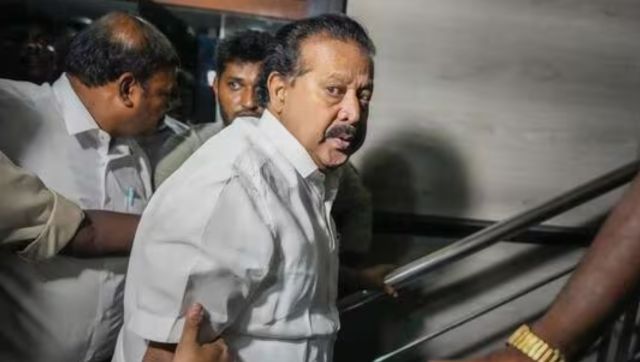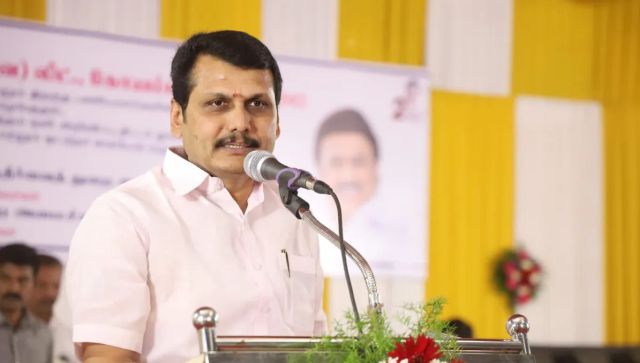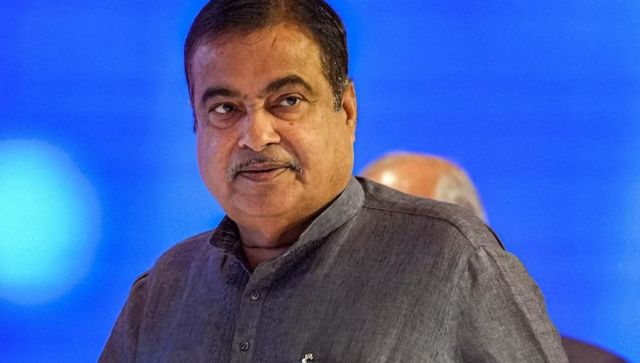This is with reference to the article published on 28 September 2016 in FirstPost titled Watch: Kodaikanal Won’t rapper Sofia Ashraf serves some facts to Unilever’s Paul Polman .
It is disappointing that Firstpost has chosen to publish the article based merely on claims rather than verifying the facts, thus lending credibility to misinformation being spread on this matter.
The article makes grossly erroneous conclusions on the basis of these claims. It states and we quote, “dumping of toxic waste by Unilever’s now-shut thermometer factory is one of the most infamous cases of shirking of corporate social responsibility in India”. This is contrary to facts:
Since this issue first came to light, HUL has actively sought to address it in a responsible and transparent manner. HUL did not dump mercury in Kodaikanal. HUL closed the factory in 2001, immediately after becoming aware of an environmental breach, wherein glass scrap with residual mercury had been sold to a scrap dealer, about three kilometres away from the factory, in breach of our guidelines. HUL has taken several steps to secure the environment. All glass scrap along with the soil was retrieved from the scrap yard in 2001 itself, for safe storage in factory premises. In 2003, all mercury-bearing material was safely disposed of including the glass scrap from the scrap yard to a recycler in the US. Subsequently, in 2006, all plant, machinery and materials were decontaminated and disposed of. The only remaining work is the remediation of soil in the factory premises.
We are fully committed to cleaning up our former factory site in Kodaikanal. We submitted a Detailed Project Report (DPR) to Tamil Nadu Pollution Control Board (TNPCB) in August 2015. We will commence the clean up as soon as we receive the consent from TNPCB. We believe it is in the interests of all concerned to begin this work as soon as possible.
Independent studies by eminent national institutions, conducted on the directives of TNPCB, have shown that no environmental harm has been caused to the Kodaikanal environment beyond some spots in the factory site which require remediation. This has been confirmed in a study conducted in October 2015 by the National Environmental Engineering Research Institute (NEERI) as per the directives of the TNPCB. The only exception is a small area on the perimeter of the factory, which HUL has already committed to remediate and has included in the DPR.
Detailed factual clarifications
1. Incorrect statement: “The viral video had such an impact that Hindustan Unilever finally bowed down and agreed to compensate 591 ex-mercury factory workers.”
Factual clarification: This is not correct. In March 2016, HUL signed a settlement with former employees of our factory in Kodaikanal. The agreement was signed on humanitarian grounds in keeping with the suggestion of the Hon’ble Madras High Court where the former employees had filed a petition in 2006 seeking economic rehabilitation.
2. Incorrect statement: “…the ecologically sensitive area around Kodaikanal hasn’t been cleaned up to acceptable standards by Polman and co. and that they have released ‘independent reports’ and they’ve worked hand in glove with the Central Pollution Control Board to shirk away responsibility.”
Factual clarification: As clarified above, HUL has actively sought to address this matter in a responsible manner since the issue first arose in 2001. After becoming aware of an environmental breach at our former factory in Kodaikanal, we immediately closed the factory and commissioned an environmental and risk assessment by independent consultants URS Dames and Moore.
As required by law, HUL informed TNPCB, which is the local regulatory authority, as soon as we became aware of the issue. Since then all remedial measures have been taken as per the directives of TNPCB and with all necessary approvals. Over the years several studies have been conducted by eminent national institutions as per the directives of TNPCB. These include a risk assessment study by National Environmental Engineering Research Institute (NEERI) in 2007 and a Site Specific Human Health & Ecological Risk Assessment study by Indian Institute of Technology (IIT) Delhi in 2010:
It is pertinent to mention that independent studies by eminent national institutions, conducted on the directives of TNPCB, have shown that no environmental harm has been caused to the Kodaikanal environment beyond some spots in the factory site which require remediation. This has been confirmed in a study conducted in October 2015 by NEERI as per the directives of the TNPCB. The only exception is a small area on the perimeter of the factory, which HUL has already committed to remediate and has included in the DPR.
3. Incorrect statement: “….why the Central Pollution Control Board’s (CPCB) proposal to clean the mercury contamination in Kodaikanal to level of 20 mg/kg was not up to par. Besides being toxic for residents, it also continues to cause damage to the ecologically sensitive Pamper Shola forest area.”
Factual clarification: This is not correct. It is pertinent to note that TNPCB in consultation with the Scientific Experts Committee (SEC), constituted by the Supreme Court Monitoring Committee (SCMC), has set the remediation standard of 20 mg/kg based on site-specific risk assessment study in line with international best practice. Even the guidelines issued by Central Pollution Control Board (CPCB) in 2016 require a site specific risk assessment to take place in order to decide upon a clean-up standard for remediating contaminated sites.
The standard has been set by TNPCB after the review of extensive studies by eminent Indian national institutions, which include:
• A risk assessment study was done by NEERI in 2007 as directed by the SCMC
• A Site Specific Human Health & Ecological Risk Assessment study conducted by IIT Delhi in 2010
• A study on the impact on soil and soil erosion by Indian Institute of Soil and Water Conservation Research Centre, Ooty, in 2010
• A study on the impact and preservation of trees by National Botanical Research Institute, Lucknow, in 2011
The soil remediation standard had been confirmed by the CPCB – the foremost organisation that deals with issues concerning pollution control under the Ministry of Environment, Forest & Climate Change, Government of India – to whom TNPCB had referred the matter. The environment ministry has endorsed the remediation standard of 20mg/kg. The Madras High Court has also taken note of the same. The standard set by TNPCB is fully protective of human health and the environment.
Over the last 15 years, several studies by independent experts have confirmed that there has been no adverse impact on the environment outside the factory premises. In fact, all the samples taken by NEERI in 2015 from streams in Pamper Shola forest were found to be safe from a human health and ecological perspective. The sediment samples are within the general screening ranges developed by either United States Environmental Protection Agency (USEPA) or Canadian authorities.
4. Incorrect statement: “To put it in perspective, she compares the CPCB verdict to the United Kingdom soil guideline value for residential areas, which puts the limit at 1 mg/kg!”
Factual clarification: The article incorrectly refers to the United Kingdom ‘Guideline Value’ as a soil remediation standard. The activists are confusing the issue by mixing up ‘screening criteria’ with ‘remediation standards’.
There is no single remediation standard for the clean-up of mercury contamination either in India or any other country. Some countries have established preliminary screening criteria [called by various terms, depending on the country: Intervention Value (Netherlands), Guideline Value (UK), Soil Quality Guideline (Canada), Regional Screening Level (US)>, which are used by regulators to determine whether a site is potentially contaminated or not and whether a site-specific clean-up standard should be established.
These criteria vary from country to country and are different to the standards which regulators set when remediation is required. Remediation standards are based on a risk assessment study of the site in accordance with international best practice. The US Environmental Protection Agency, UK Environment Agency and European environmental protection agencies follow this approach. The guideline notified by the CPCB, in January 2016, also recommends site-specific risk assessment to determine the clean-up standard for a contaminated site. This is the same approach that has been followed by TNPCB for remediation of soil in our former factory in Kodaikanal.
The remediation programme as envisaged in the DPR submitted by HUL to TNPCB would be fully protective of human health and the environment. In fact, after the work is completed the site will be safe for children to play in or to eat root vegetable grown from the soil.
An arbitrary reduction in the standard, as being demanded by activists, would not only undermine the mandate of the SCMC but would also not be based on science or facts. In fact, it can result in risks to the local ecology and not provide any additional benefit.
The author is Head, Corporate Communications, Hindustan Unilever Limited.
Firstpost has offered Sofia Ashraf the opportunity to respond to this article.


)




)
)
)
)
)
)
)
)